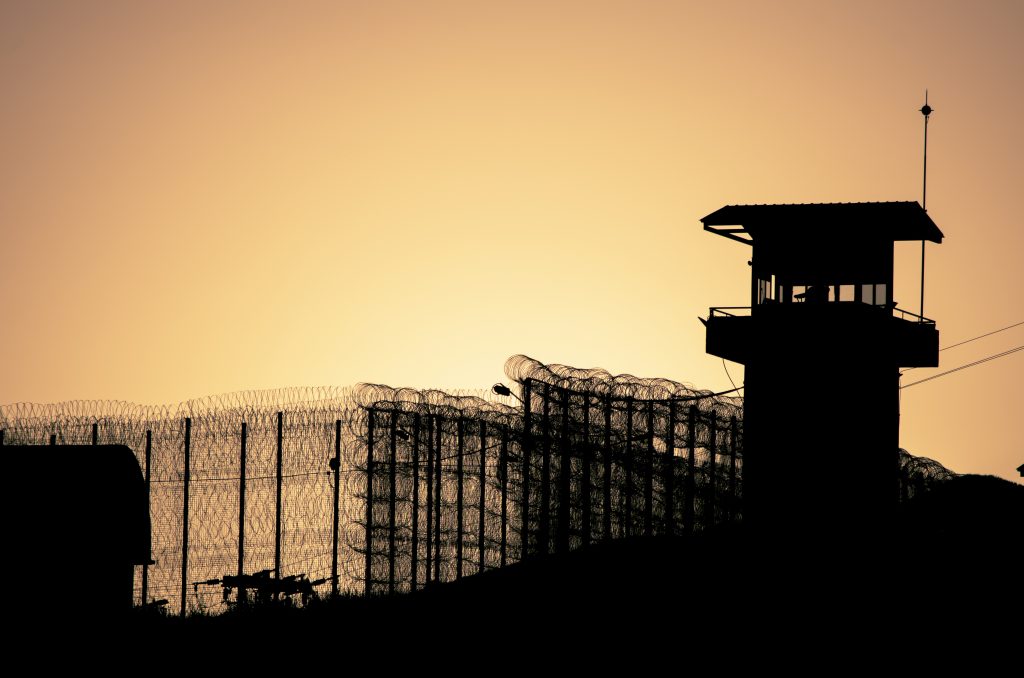Recently, the political fight against the expansion of the United States’ prison system has, to an extent, become a bipartisan issue. While liberals have emphasized the social injustices inherent to the U.S. prison system for some time, in recent years I’ve noticed that conservatives have begun to critique the immense costs of maintaining such a large and expanding prison system. As mass incarceration becomes a less politically viable option, many politicians are looking into alternatives.
Unfortunately, these “alternatives” usually do little to actually reduce the number of people incarcerated. In fact, many expand the reach of the American prison system in unprecedented ways.
This issue reached a boiling point in the case of Rikers Island Correctional Facility. Rikers Island, located in New York, is notorious for being one of the most scandal-ridden prisons in the United States; it is well known for cases of sexual assault, physical abuse by correctional officers, use of solitary confinement and a laundry list of other horrible injustices. As such, it is not surprising that many people, on the left and the right, are celebrating the eventual shutdown of the facility. In the lead-up to the closure, Mayor Bill de Blasio’s office has been actively utilizing methods to diminish the daily population of Rikers, including “a reduction in low-level crime arrests, refocused law enforcement, the citywide Supervised Release program and expanded diversion programs,” helped by Gov. Andrew Cuomo’s “Raise the Age” bill, which ended New York state’s practice of charging all 16- and 17-year-olds as adults.
On the surface, these changes appear cost effective and humane, but sadly, this is not the whole story. As William Martin, a professor of sociology at Binghamton University, describes, “Raise the Age reforms led to an estimated $500 million in new youth jails, expanded sheriff budgets and the increasing supervision of youth.” Rather than keeping youths out of jail or prison, they are simply being transferred to youth facilities — which doesn’t lower the number of people incarcerated or limit the growth of the prison system.
While many states have also passed prison reform measures, these policies rarely live up to expectations. As Judah Schept, an associate professor in the School of Justice Studies at Eastern Kentucky University, notes, while most states have passed sentencing reform, it has often merely resulted in moving incarcerated people from state prisons to local jails, usually increasing a state’s overall corrections budgets.
For example, New York City hopes to move the inmates from Rikers Island into four, more localized jails throughout the city’s boroughs. Similarly, thousands of inmates in California have been moved out of state prisons into county jails, effectively lowering the number of people in state prisons, but doing little to actually minimize the number of incarcerated people. Meanwhile, California’s corrections budget has risen to an unprecedented $10 billion.
Similarly, “supervised release” may sound like a liberating alternative to incarceration, that is not always the case. In an article from 2014, James Kilgore, a research scholar, discusses how electronic monitoring, usually via an ankle bracelet, has become part of a trend of “repackaging” the prison system in a way that it is palatable to liberals, but that does little to actually reduce its reach. Kilgore notes that electronic monitoring is seen as a cost-effective alternative to incarceration that supposedly gives those who may have otherwise been incarcerated the opportunity to reenter society.
In reality, electronic monitors can cost their wearers $5 to $13 a day — and yes, people usually pay for their own monitors. The monitors often need charging every three to four hours, a factor that can limit mobility and block wearers from participating in an eight-hour work day. As a result, many of those surveilled through electronic monitoring feel so burdened by the logistics of their monitoring that they are effectively under house arrest. This clearly doesn’t allow the kind of freedom for them to reenter society in a meaningful way.
If we really want to make meaningful changes to the American prison system, it is crucial that we don’t fall into a trap of repainting the current system without fixing the broken pieces underneath. Just imagine what New York state might look like if that $500 million was allocated toward helping marginalized communities rather than incarcerating them.
Kate Turrell is a senior double-majoring in sociology and women, gender and sexuality studies.



